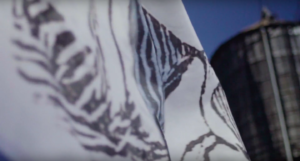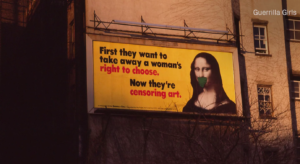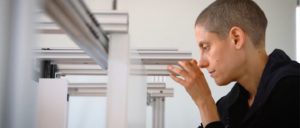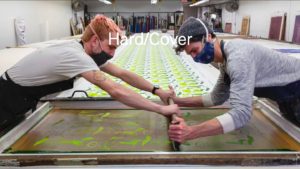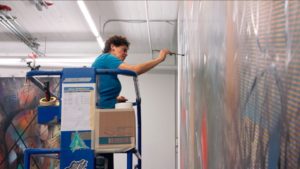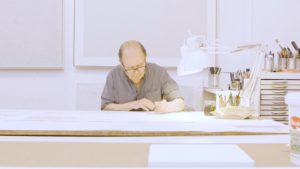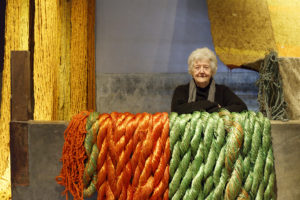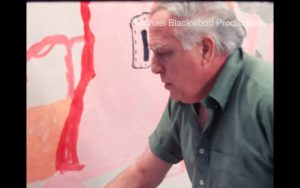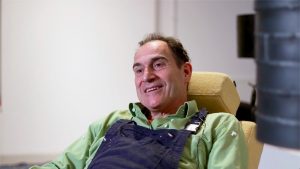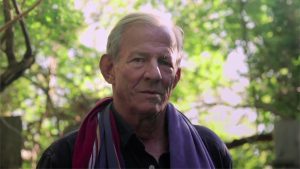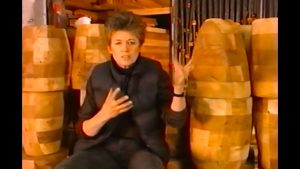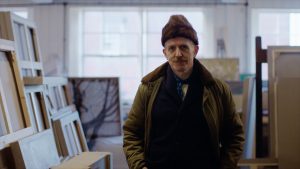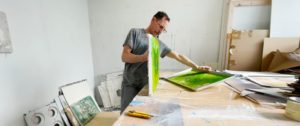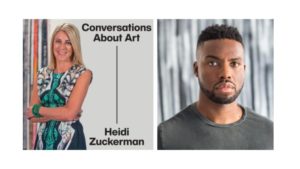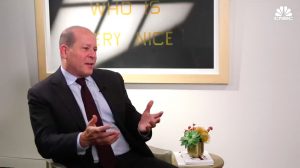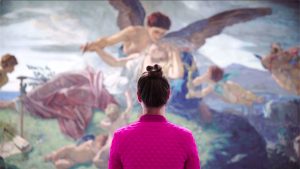
“Amazon thought it would be a good idea to have a way to put a human into this system, and so they designed and patented this cage. A friend of mine and a researcher I know – Kate Crawford and Vladan Joler – were doing some research on Amazon, and they came across this patent, and they thought it was an amazing, poetic thing to think about the interaction between humans, machines, and labor.” — Simon Denny
While stay-at-home quarantines are in effect throughout much of the world to combat the spread of the COVID-19 virus, many of us are relying more than ever on Amazon to deliver goods to our homes. Known for his sculptures and installations at the intersection of technology companies’ practices, aesthetics, and economic activism, New Zealand-born artist Simon Denny has some thoughts on that. For a now-shuttered exhibition at the Kunstmuseum Basel entitled Circular Flow: On the Economy of Inequality, Denny got out his trusty 3D printer and, based on a patent filed by Amazon, built a replica of a cage for an Amazon warehouse worker to use to safely enter an area swarming with robots. (Interesting that this incisive show was scheduled to close before the global swells were to arrive for Art Basel —ed.). In this video from the Kunstmuseum Basel, Denny explains the idea behind the sculpture and the technology of how it was made.
From Kunstmuseum Basel:
In 2016, Amazon filed a patent with the United States Patent and Trademark Office for a wire mesh cage inside which employees could move around a warehouse and shift goods using attached mechanical arms. The cage could be shut by a code lock. According to the company, the patent was never realized. In 2018, after much public criticism, the company distanced itself from the invention. According to the official
version, the cage was designed to protect staff in areas with a high risk of injury. In reality, the idea of the cage also stands for the worthlessness of wage labor in a world shaped by extractive capitalism that is confronted with increasing automatization (and the implied devaluation of human work).


